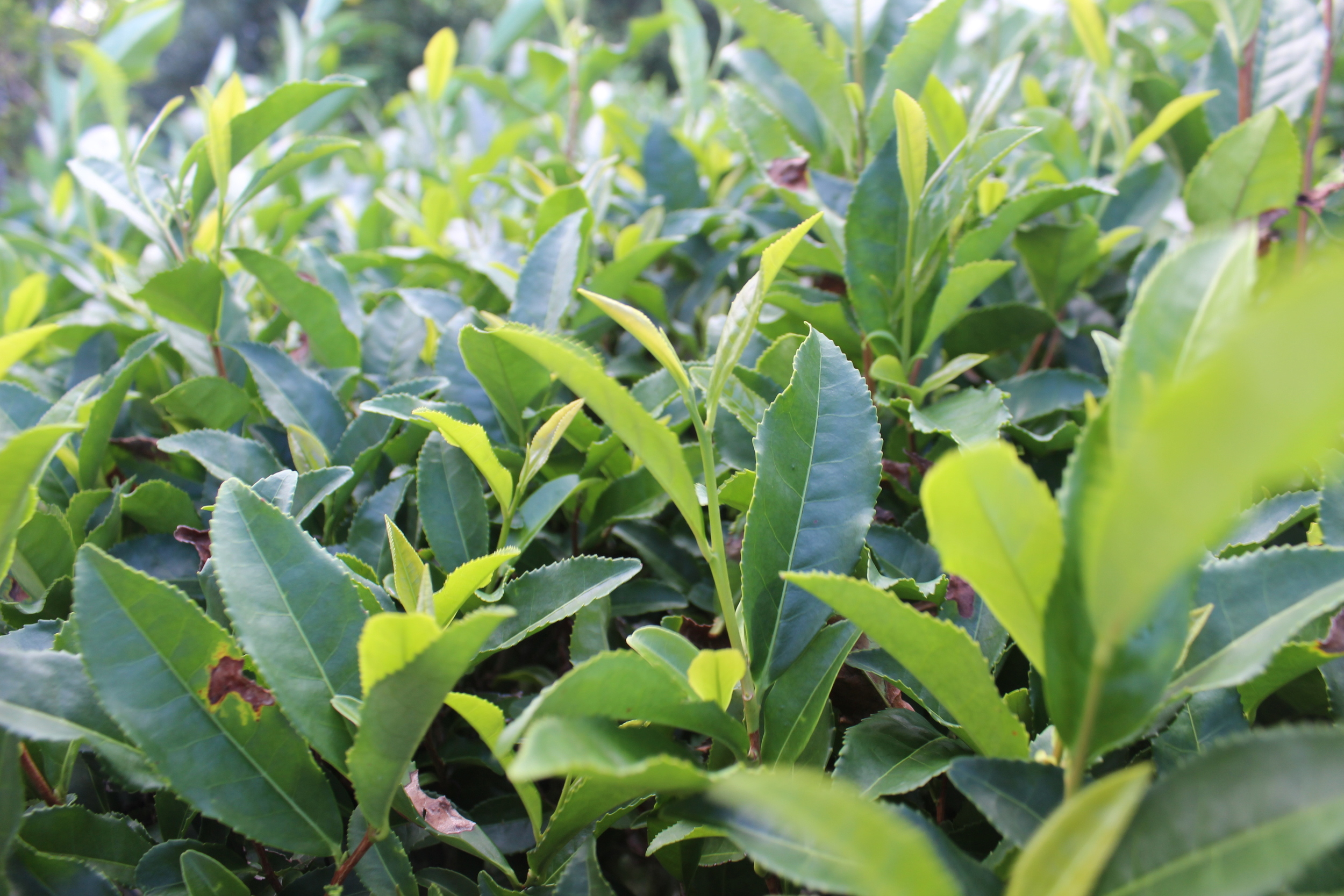Grow your own tea in Illinois and treat it like typical houseplant

MACOMB, Ill. — Did you know you can grow the most popular drink in the world in Illinois?
If you’re wondering how to harvest Pepsi or Coke from a tree, I’m sorry, you have the wrong drink. Second to water, tea reigns supreme as the world’s favorite drink. It has been for centuries.
We get tea from the tea plant — more specifically, Camellia sinensis. For those botanically minded, you may have noticed the relation to the Camellia tree. Camellia sinensis is considered a subtropical evergreen shrub originally native to the Himalayas and plains of Southern China. Hardy to zone 7B, this is a plant that in most of Illinois will need to live indoors during the winter months.
Being a centuries-old beverage consumed worldwide, the history of tea is fascinating and has shaped companies, economies, and entire countries. This drink is so old that there are myths about its first use dating to 2737 BC, but the actual origin of tea is lost to history.
What type of tea plant should you grow? Black tea, green tea, chai, you name it, come from the same tea plant. The difference comes from how the plant is grown and how the leaves are processed.
Tea plants can be found at specialty nurseries or ordered online. Once you get your tea plant home, the best place for it to live (at least in Illinois) is going to be a large container. During the warmer months place your tea plant outside in partial shade. Full sun may be okay, but new leaves can get scorched by the summer sun. Tea can be pruned back and fit more easily into a spot inside over the winter months, but left unpruned and in a large enough container a tea plant could reach upwards of 15 to 20 feet tall.
Treat your tea plant like a typical houseplant. They can benefit from slow-release fertilizers in early spring and midway through the growing season. If you are routinely harvesting leaves, it may require additional liquid fertilizer every other week.
According to the University of Florida, tea can have a considerable number of pests and disease problems for those plants growing outdoors all year long. However, in Illinois, tea plant pests will mostly be your typical houseplant pests such as mites, thrips, aphids and some caterpillar species. A scale insect, named tea scale, can be particularly troublesome.
When harvesting from your tea plant a small amount of around a half-pound can be picked. The terminal (tip of the branch) 2 to 3 leaves are picked, including the terminal bud. From there, you can make all types of tea. It all depends on how long you “ferment” the leaves. Ferment is a poor term but the proper lingo. In reality, no fermenting taking place. Consider it more of a drying and curing process.
From the same plant, you can create all different types of tea from oolong to green tea or black tea. To learn more about the process of fermenting your tea leaves depending on your preferred taste, check out this article on the Good Growing blog where we dive into the process of fermenting tea. Find it at go.Illinois.edu/GoodGrowing
Miss Clipping Out Stories to Save for Later?
Click the Purchase Story button below to order a print of this story. We will print it for you on matte photo paper to keep forever.

